Oatman Ghost Town
This Wild West ghost town on Route 66 is filled with wild burros.
As the Old Route 66 ascends into the Black Mountains of western Arizona, drivers on the Mother Road will go dozens of miles without passing any signs of life—that is, until they are stopped in their tracks by wild burros.
If you find yourself in an authentic Wild West mining settlement with a donkey in your path, congratulations: You’ve arrived in the Route 66 ghost town of Oatman, Arizona!
The town of Oatman was named after Olive Oatman, a young girl traveling west with a group of Latter Day Saints to establish a Mormon colony in California. Along the way, in 1850, she was captured by the Yavapai tribe in Arizona, where she was held captive for five years until being released nearby the modern-day location of Oatman in 1855.
In 1863 mountain man Johnny Moss struck gold in Oatman, after which its population and gold exports boomed. This boom lasted until 1941 when the United States entered World War II and ordered all Oatman miners to stop mining for gold and to instead excavate minerals for use in World War II. By that time, however, Oatman had already generated a whopping $40 million in gold revenue ($2.6 billion in today’s market prices).
After the mining boom was phased out, the people of Oatman had to find a new way to make a profit, and they did just that with Route 66-themed tourism. Oatman couldn’t have been a better place, either, with its Old Western buildings from the early 1900s and its unfenced population of burros.
Nowadays, visitors to Oatman can pet the burros, admire classic car shows, and watch the daily gunfight shootouts in the streets. On Independence Day, contestants can compete in the Oatman Egg Fry, where participants attempt to cook an egg on the hot sidewalk (with the help of a solar cooker).
Found throughout Oatman are Route 66 souvenir shops, glasses shiners, and the Oatman Hotel, which is an attraction in itself. Now a restaurant and bar, visitors to the Oatman Hotel can sign one-dollar bills and tape them onto the ceiling and the walls, adding to the decor of thousands and thousands of signed bills. Also found in the hotel is the honeymoon suite, once shared by actors Clark Gable and Carole Lombard after their 1939 wedding in Kingman. The hotel is also the home of “Oatie the Ghost,” the poltergeist of William Ray Flour, an Irish miner who died at the hotel in 1930 after drinking too much alcohol.
Oatman is one of the most distinctive attractions on Route 66, and fortunately, the burros blocking the road won’t let you drive by without taking a look around.
Community Contributors
Added by
Edited by
The Atlas Obscura Podcast is Back!



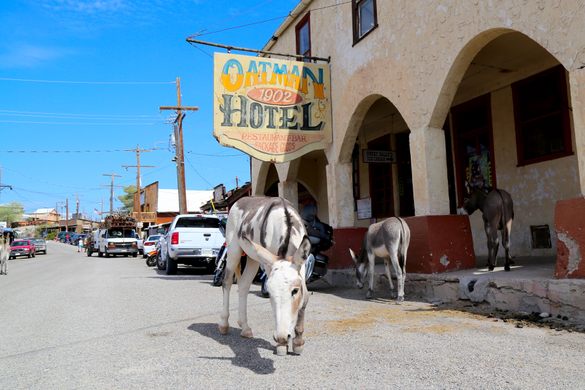
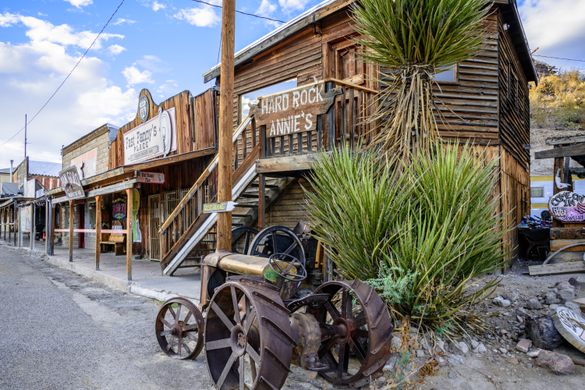


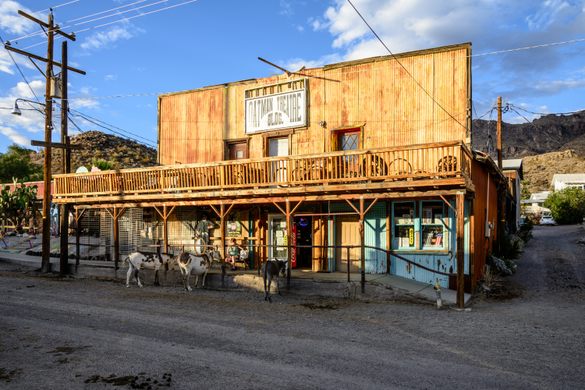
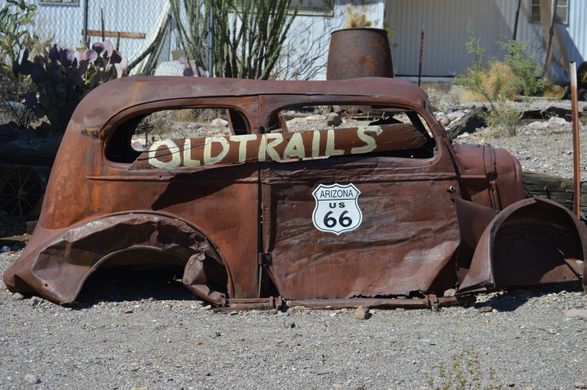










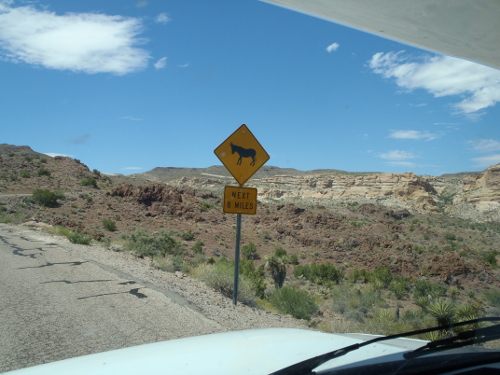
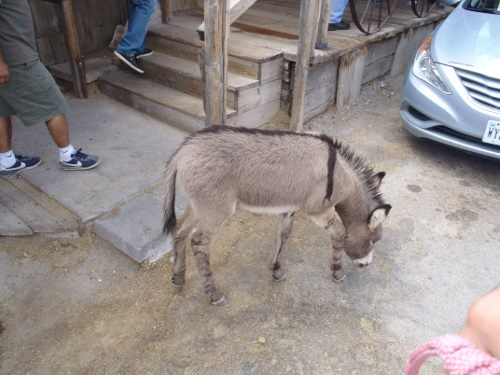



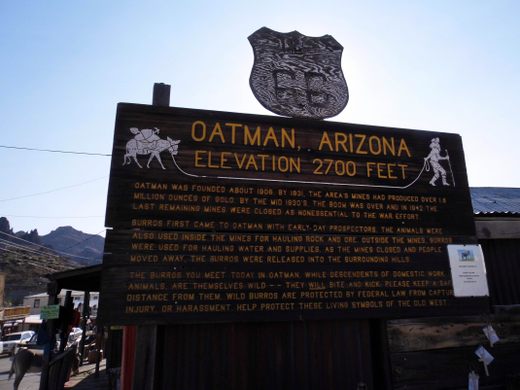





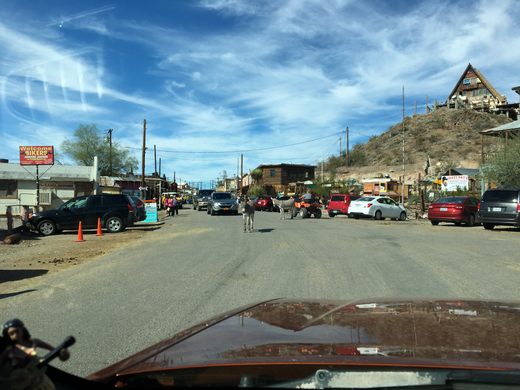
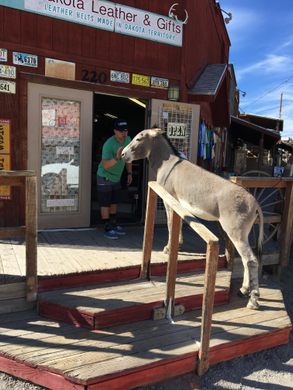
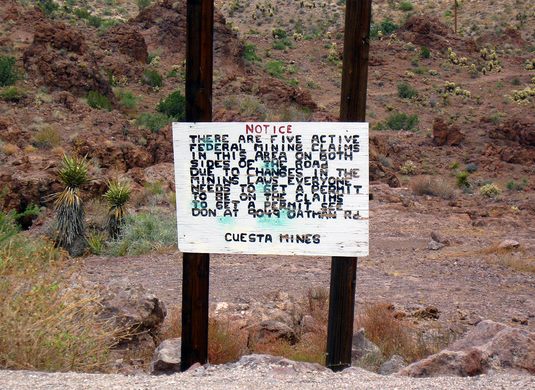

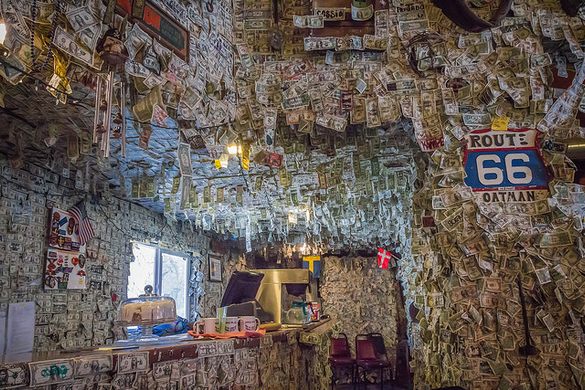

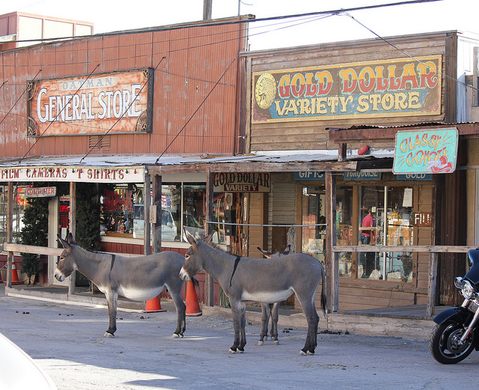


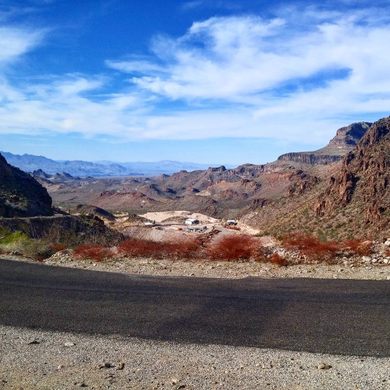















Follow us on Twitter to get the latest on the world's hidden wonders.
Like us on Facebook to get the latest on the world's hidden wonders.
Follow us on Twitter Like us on Facebook